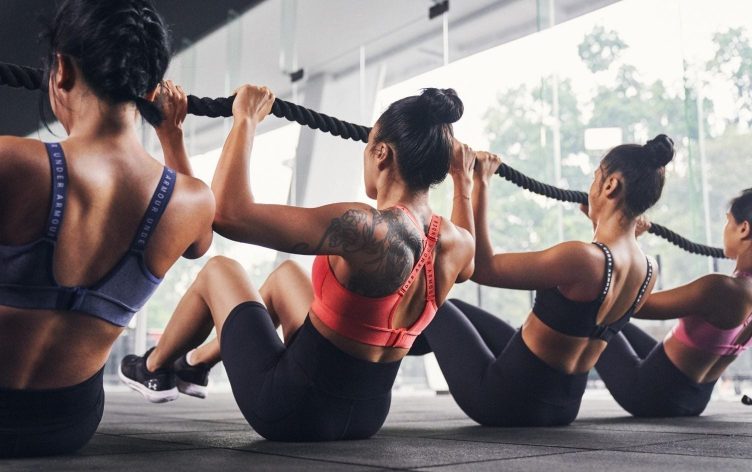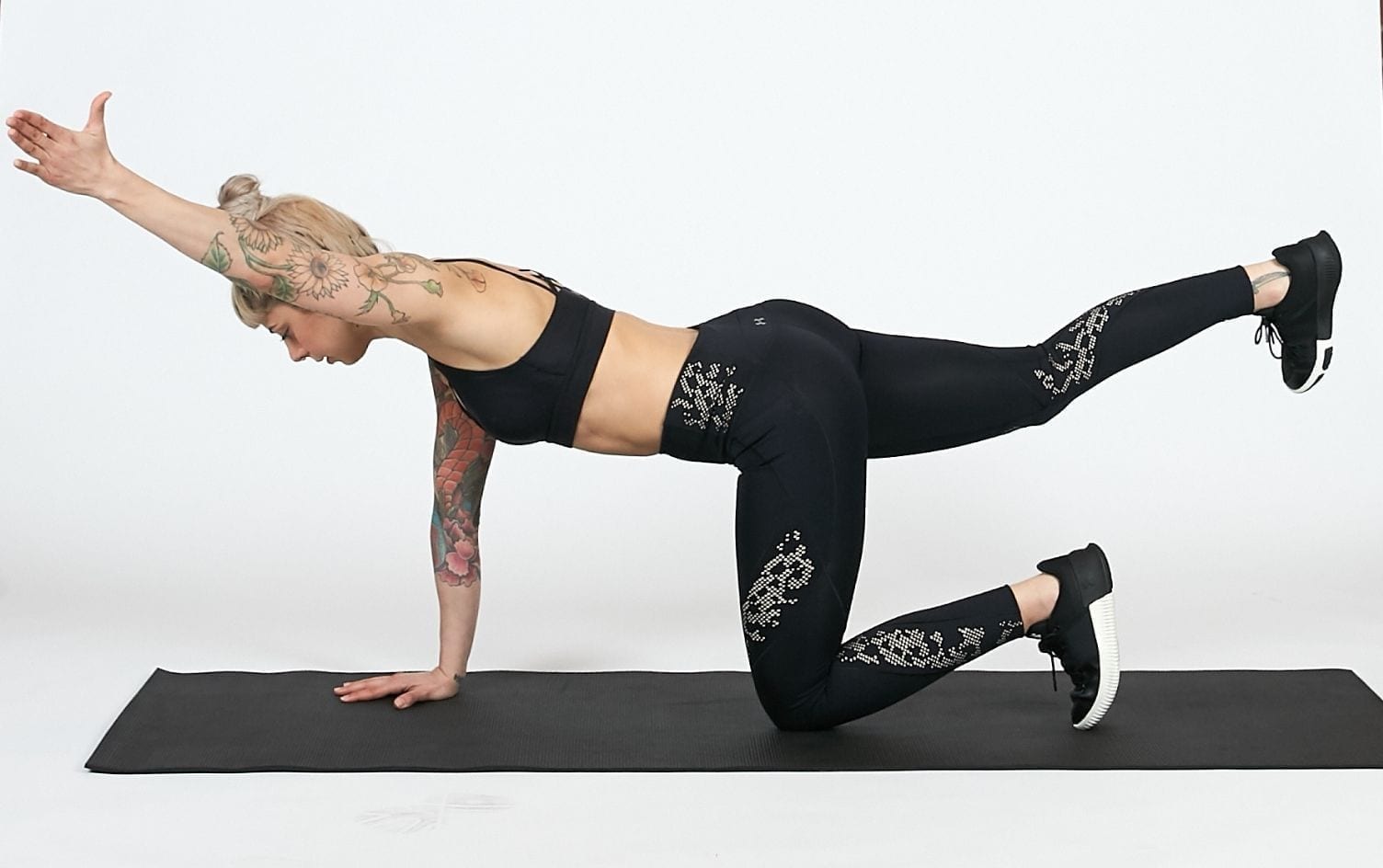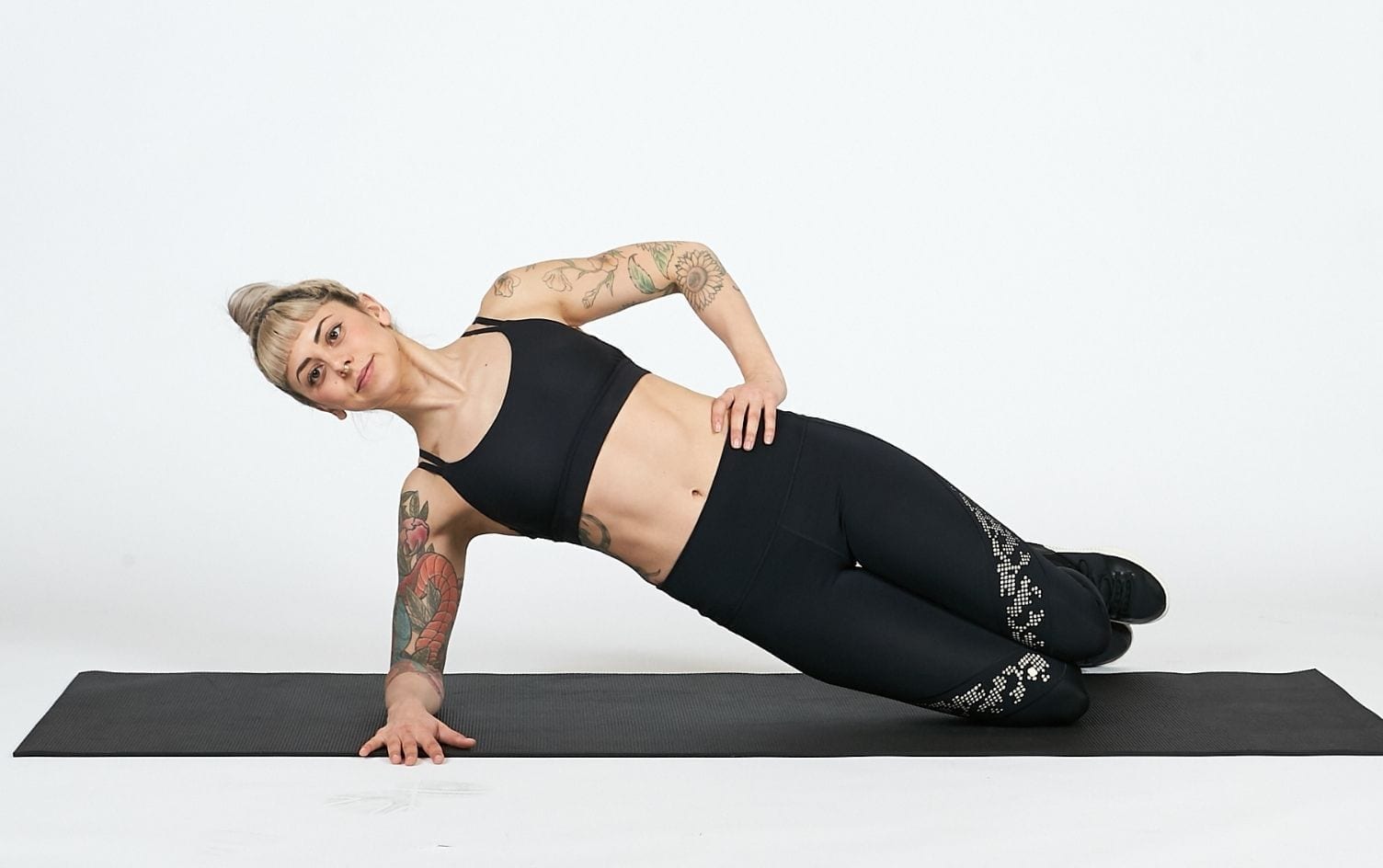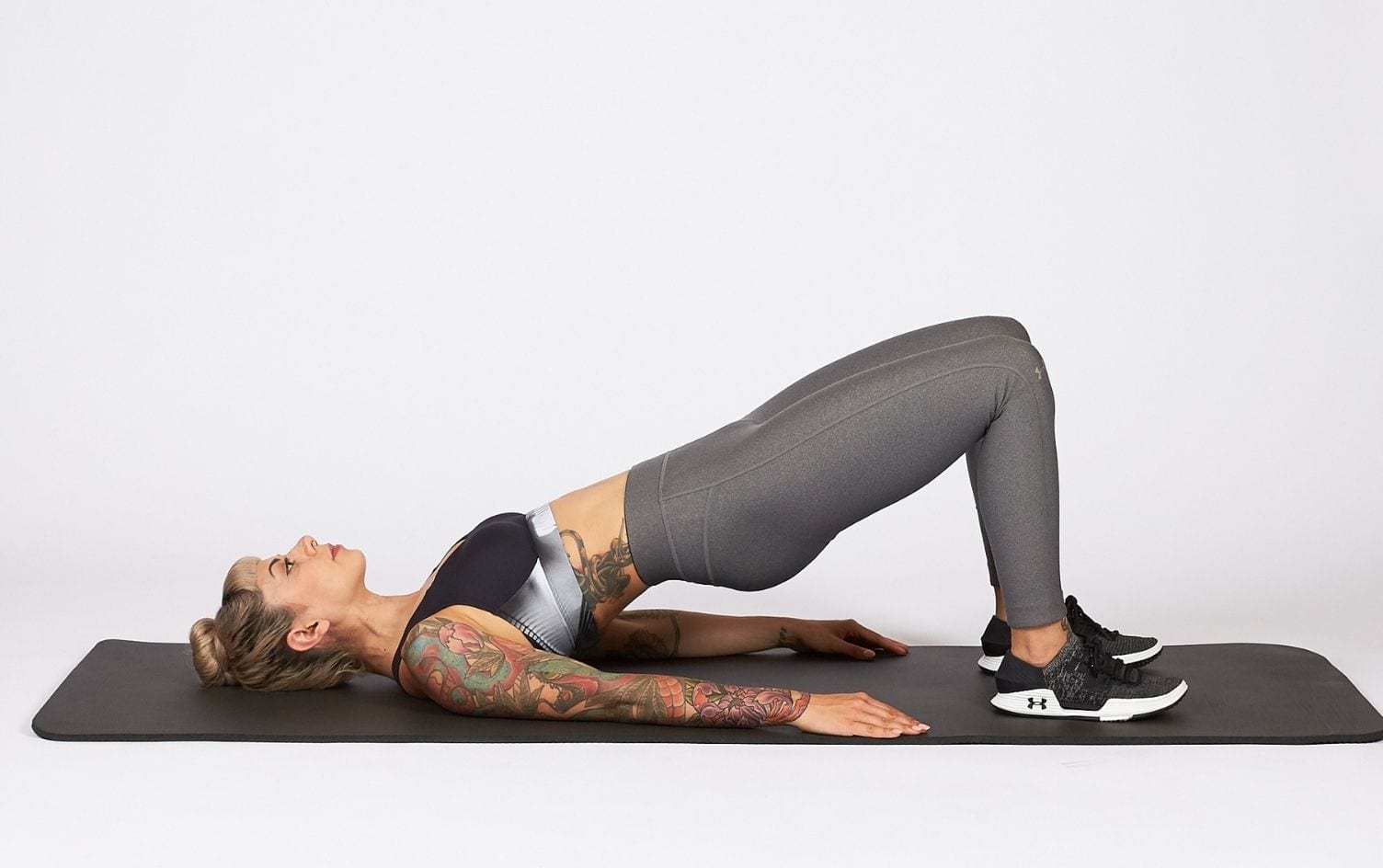
Six-pack abs are atop many exercisers’ wish lists because they think having a ripped midsection tells the world you’re fit. But it turns out you can have well-defined abs and still be weak through your core muscles.
Aesthetic results, like a six-pack, can be a byproduct of a well-rounded nutrition and fitness program, says Erica Suter, a certified strength and conditioning specialist, soccer skills coach and author of Total Youth Soccer Fitness Program. Still, if you truly want to be as strong as you look (or even stronger), it’s more important to build core strength than tone your midsection.
WHAT’S A “SIX PACK”?
“Six-pack” is a phrase used to describe visible ab muscles. It typically means your body fat percentage is low enough that the outline of the rectus abdominis — the muscle that makes up the front of the abdominal wall, and runs from the rib cage to the pubic bone — is visible, says Nikki Naab-Levy, a certified Pilates instructor and ACE-certified group fitness instructor.
WHY YOUR OTHER CORE MUSCLES MATTER MORE
The rectus abdominis — the star of your six-pack — works to round your spine, brace it against impact, and protect the internal organs, Naab-Levy says.
However, the rectus abdominis is only a superficial muscle. It may allow you to hold a plank for a few minutes or knock out an impressive number of situps, but if you want to lift heavier weights, run or cycle faster, or simply prevent injury, you have to build up the other, deeper muscles in your core, says Cori Lefkowith, a NASM-certified personal trainer and owner of Redefining Strength in Mission Viejo, California.
READ MORE > CORE-STRENGTHENING EXERCISES THAT TARGET EVERY AB MUSCLE
Plus, a strong core ensures a healthy spine and better posture, which helps keep the muscles and joints in your lower body functioning well. This becomes especially important with age, when your risk of arthritis, falling and bone loss increases, according to Suter.
In addition to the rectus abdominis, your core is made up of the obliques (the muscles on the sides of your rectus abdominis), a series of deep muscles that surround your spine, your pelvic floor muscles, your diaphragm (your primary breathing muscle) and even your glutes. Together, these muscles help you support and stabilize your spine and pelvis, ease the load on your low back and knees, and keep your body in proper alignment, among other benefits.
The spinal erectors, for example, may not be visible like the rectus abdominis, but research shows they’re key for running performance. (This grouping of deep core muscles and tendons can be found along the spine, and works to twist and straighten your torso.) Researchers from Ohio State University found running with weak spinal erectors leads the body to compensate with up to 45% more muscle force from other areas (the lower back in particular), suggesting that these deep core muscles may contribute most to running motion and stability. If you run with weak spinal erectors, your lower back, in particular, feels it over time.
So, while there’s nothing wrong with having an aesthetic goal, having a six-pack won’t necessarily protect you against injury or help you perform better in your workouts.
What’s more, many people have better luck achieving a six-pack by dialing in their nutrition, as opposed to doing endless reps of ab exercises. “It’s important for people to know that you cannot spot reduce fat through exercise, so abdominal exercises may not change the appearance of your abs or result in a six-pack,” Naab-Levy says.
4 EXERCISES TO BUILD YOUR CORE
The following moves are Lefkowith’s top picks for building a strong core — not just your abs. Put the moves together for a quick routine, and do two rounds at the end of your regular workout.
FOREARM PLANK BIRD DOG

Set up in a forearm plank on the floor with your elbows directly under your shoulders, feet propped up on your toes about hip-width apart. You can also set up on all fours with your hands under your shoulders and knees hip-width apart. While holding this position, brace your abs, squeeze your glutes, and slowly lift one arm and the opposite foot off the floor. Hold here briefly, reaching your hand forward and foot backward. Try to keep both hips square to the floor. Bring your forearm and foot back down to the floor and repeat on the side. Continue alternating sides for 30 seconds. Perform the move from a straight-arm plank position, or bring your feet closer together to make it harder.
SIDE PLANK CLAM

Lie on one side with your knees bent and hips stacked on top of each other, your feet and lower legs behind you. Prop yourself up on your forearm so your elbow is directly beneath your shoulder, and place your top hand on your hip. From this position, push through your knee and forearm to lift your bottom hip off the ground until you’re in a modified side plank. Keep your heels glued together on the floor behind you. As you raise your bottom hip off the ground, squeeze your glutes to help you lift your top knee toward the ceiling, still keeping your heels together. Then, lower your knee and hip back down simultaneously. Continue for 30 seconds, then switch to the other side.
GLUTE BRIDGE

Lie on your back with your knees bent and feet hip-width apart on the floor. Bend your arms 90 degrees so the backs of your upper arms are on the floor. Drive through your arms, upper back, and heels to push your hips toward the ceiling. Squeeze your glutes. Then, relax one glute slightly and squeeze the other glute harder to push that hip a little higher. Hold briefly before repeating on the other side, but don’t lower your hips to the floor in between. Continue alternating sides for 30 seconds.
HINGE AND TWIST

Sit on the floor with your legs extended in front of you, feet about hip-width apart. With your chest tall, cross your arms over your chest and lean back. Keep in mind that the further back you lean, the harder the move is. Once you’re in position, rotate your torso toward the right, dropping your elbow toward the ground. Pause, and then rotate toward the left. Don’t sit up between rotations. Continue for 30 seconds. If your feet or legs come off the floor, your shoulders begin to round, or you feel the exercise in your low back, don’t lean back so far.
Check out “Workout Routines” in the MyFitnessPal app to discover and log workouts or build your own with exercises that fit your goals.



